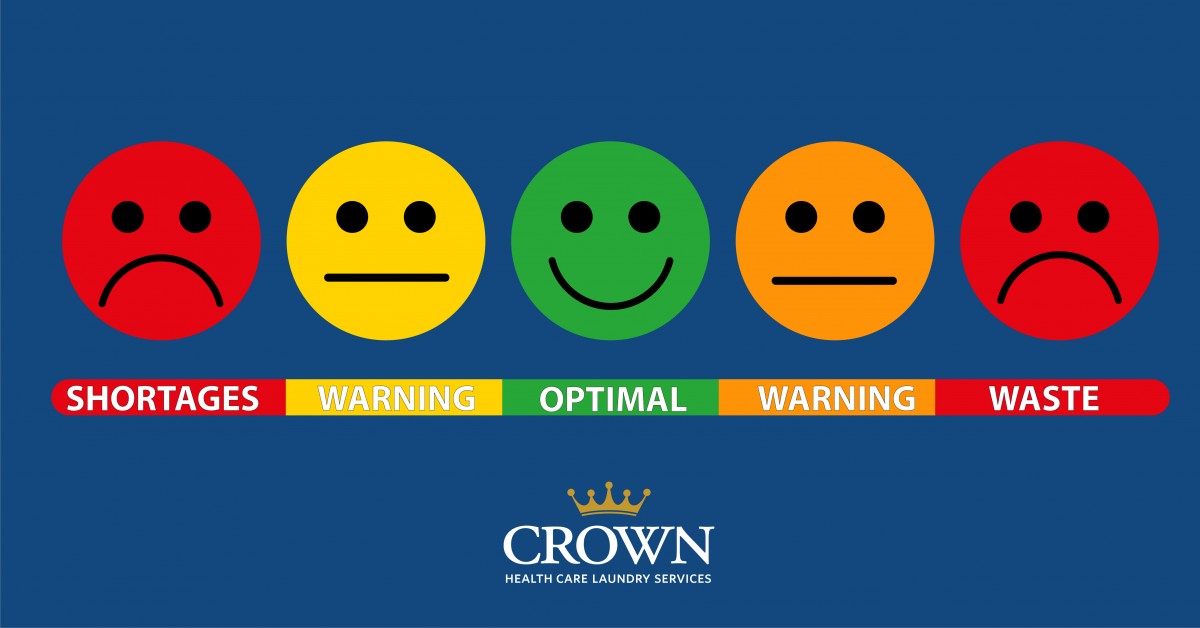
Boost Efficiency with Optimal Linen Par Levels
Linen par levels play a crucial role in the efficient running of a healthcare facility. By establishing and maintaining optimal linen par levels, healthcare managers can ensure that patient satisfaction and infection control standards are met while minimizing costs, leading to a more successful business overall.
Understanding linen par levels and their role in healthcare
Linen par levels refer to the minimum number of linens required for a clinic, surgery center or acute care hospital. These levels vary depending on the size and type of facility, as well as the number of patients it serves. To maximize efficiency and cost savings, it is important for healthcare facilities to establish an accurate system for tracking their linen par levels and updating them when necessary.
By keeping an up-to-date understanding of their linen par levels, healthcare facilities can save time and money by avoiding costly overstocking or having insufficient quantities on hand when they are needed most.
The key is regular monitoring and updates so that any changes in demand can be accounted for, allowing healthcare managers to make the best decisions possible when it comes to their facility’s operational efficiencies.
The benefits of good par setting include:
- Helps to mitigate overstocking. In addition to costing more, overstocking can lead to storage issues and linen being spread out over a department. When linen is not kept together in a central linen closet it is difficult to accurately track and may falsely inflate your loss numbers through dead stock.
- Helps to mitigate understocking. Understocking can create delays for procedures, admissions and discharge, leaving staff and patients unhappy and creating linen hoarding situations.
- Helps staff to budget more accurately and anticipate how seasonal changes like spring vacation and December holidays may impact your usage.
- Promotes greater control over inventory ordering and operational efficiencies. Triggering reorders based on par levels can streamline the inventory management process and save staff time.
Factors to consider when establishing optimal par levels
To determine the ideal amount of linens needed, there are several factors to consider:
- Historical data and patient forecasts
- Storage available
- Seasonal trends and holiday closures
- The frequency of your linen deliveries
Be sure to consult with stakeholders, formulate linen use policies, and conduct staff education so everyone understands the guidelines before implementing new par levels. With careful planning and dedication to maintaining these standards, healthcare facilities can keep their linen supply up-to-date while fulfilling patient care goals.
Maintenance and monitoring of linen par levels
Optimal linen par levels require regular monitoring and maintenance to stay up-to-date. To ensure a smooth operation, it’s important to have a system in place to track linen usage and replenishment. Crown Health Care Laundry Services recommends that pars be evaluated and adjusted quarterly.
For more information on setting optimum par levels, contact your Crown Customer Service Representative or click here.